Over at GamerDNA they’ve crunched some numbers on some key demographics of World of Warcraft players – the sample group are GamerDNA members combined with Armory data, so the sample is representative to say the least.
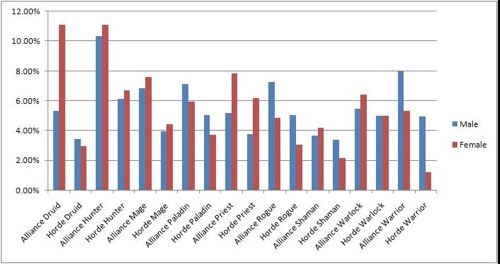
The results aren’t surprising but still interesting. The key points:
1. There remains a preference to sign up an Alliance character than a Horde one, particularly if the player is female.
2. The Hunter class is the most popular across both factions.
3. Men tend toward the more ‘manly’ classes such as Warrior.
As Sanya Weathers, the data cruncher says:
The most popular class, the Hunter, is slightly preferred by female players by the same margin in both factions. Same for Mages. Priests skew heavily female in both factions, again by roughly the same margin. Rogues and Paladins have the same stair step proportion across the factions, but with men outnumbering women. More men play Warriors than women across the board, but the difference is more pronounced on the Horde side thanks to the whole “women don’t do Orcs†thing.
The only flaw I can see in the gender analysis applies across all virtual worlds: there’s arguably a lot of avatars out there that are the opposite in gender to their real-world counterpart.
Aside from the obvious interest of such stats to WoW players, there’s a much wider application. Don’t imagine that marketers, game developers and educators aren’t looking at data like this intensively. There’s a thousand PhD theses in this sort of information and a few hundred of them are likely well underway.
If you’re a WoW player, do the statistics match your impressions?
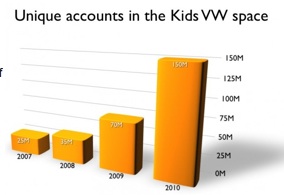
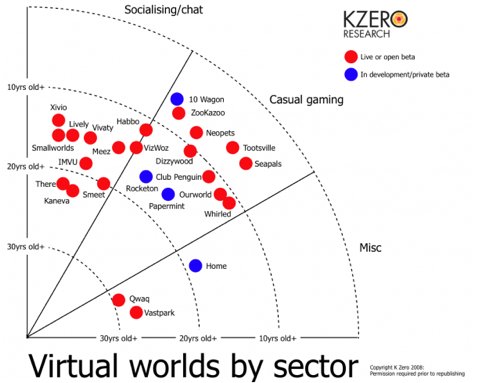
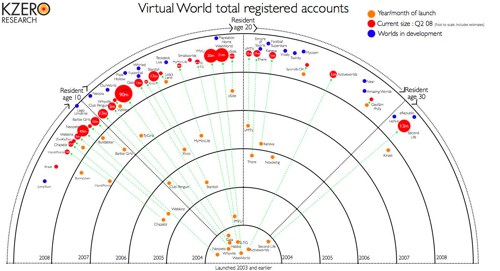
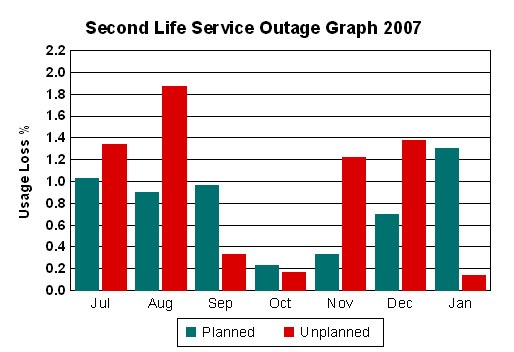
Recent Comments